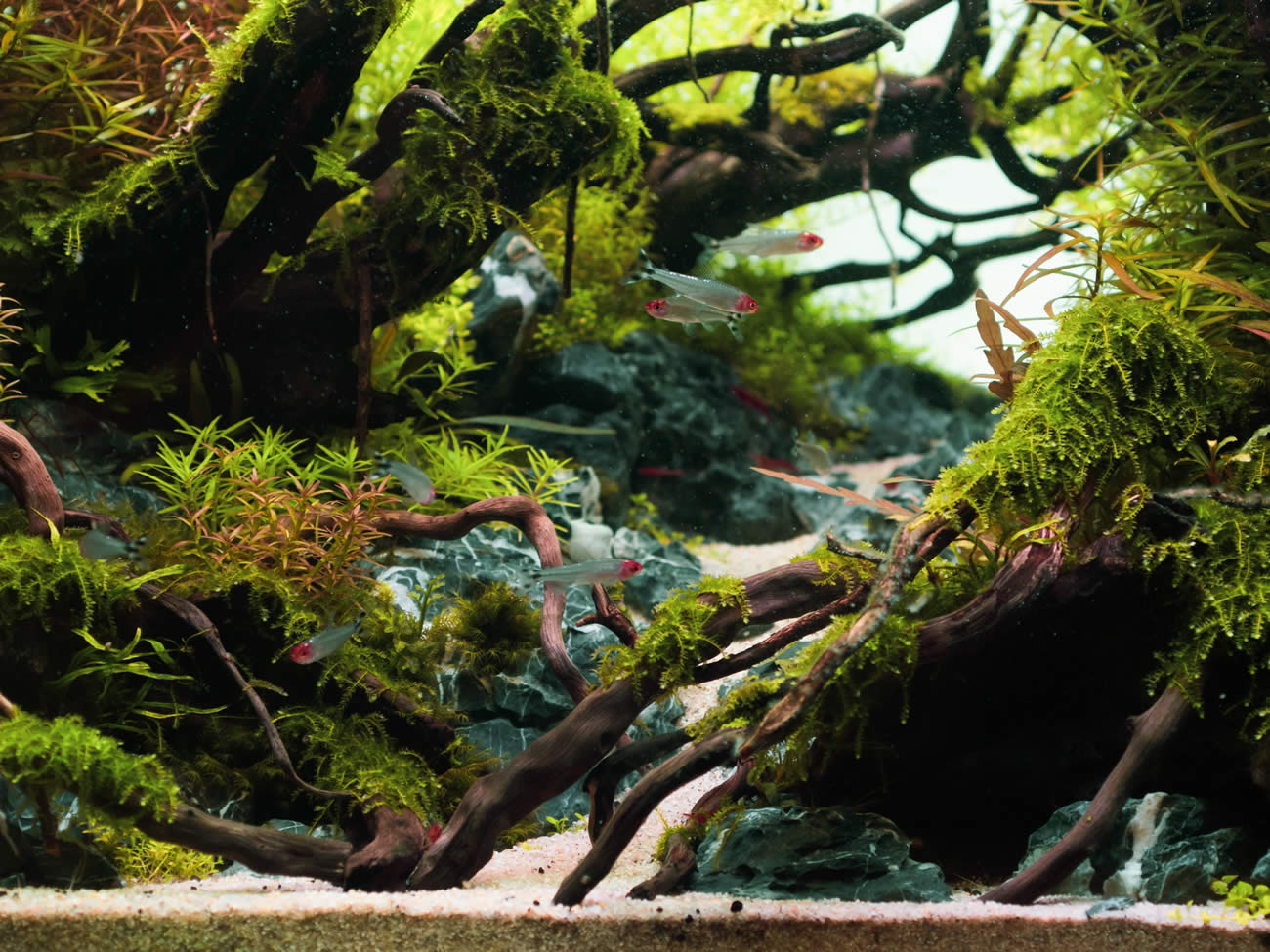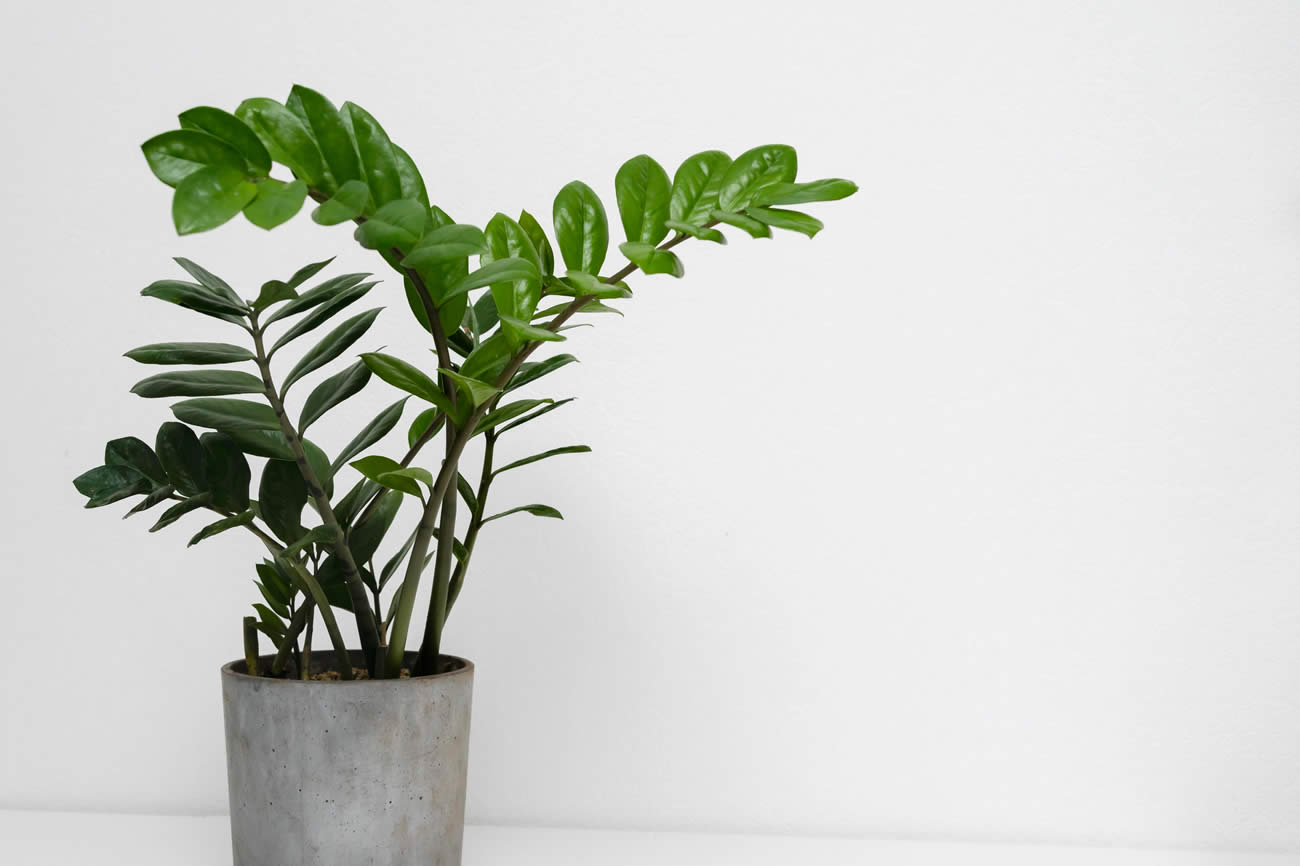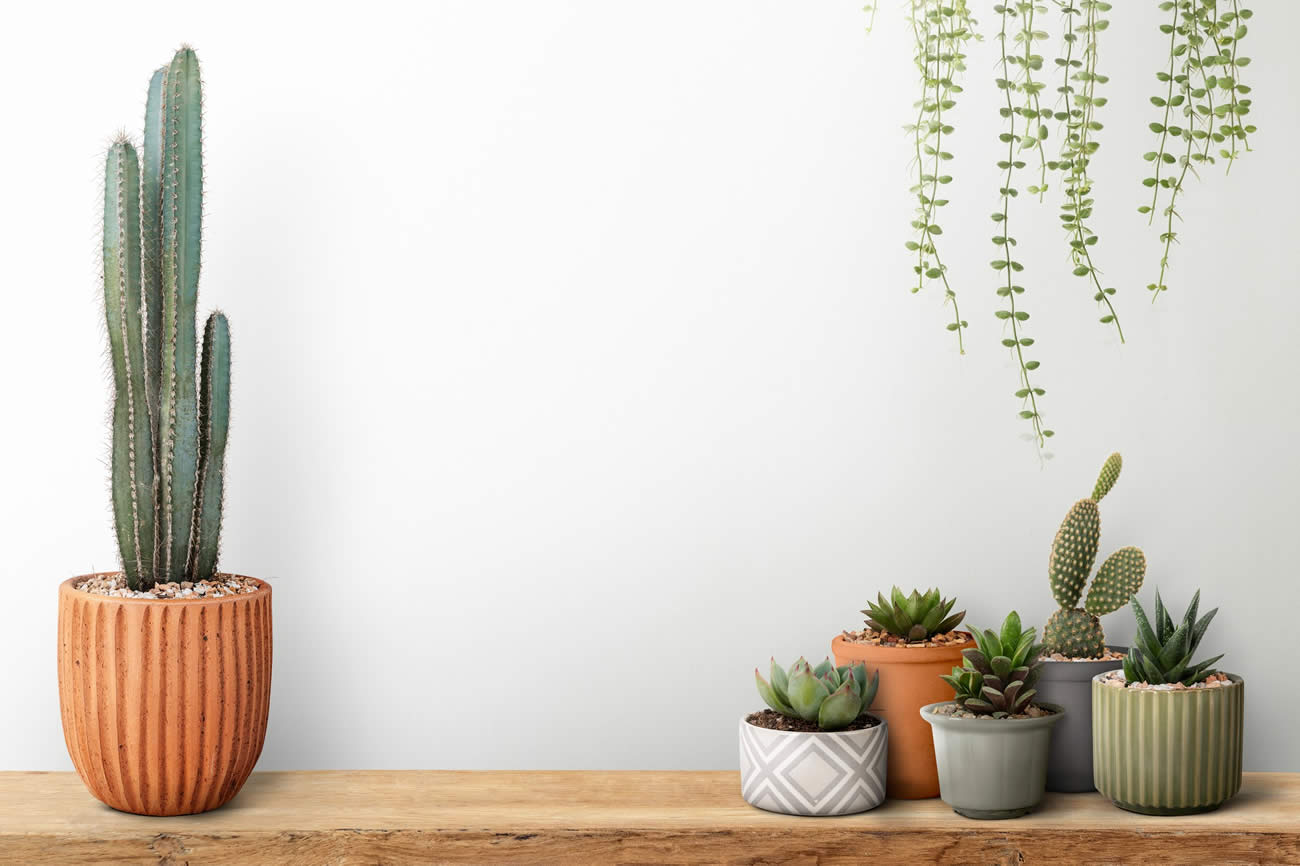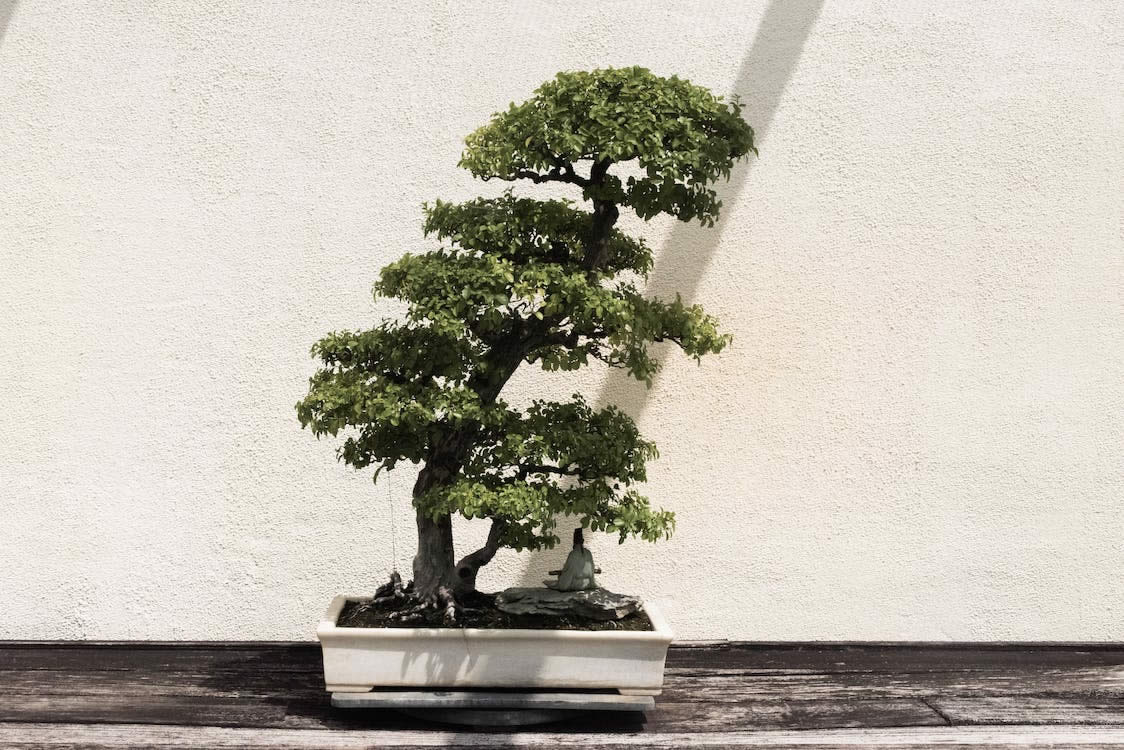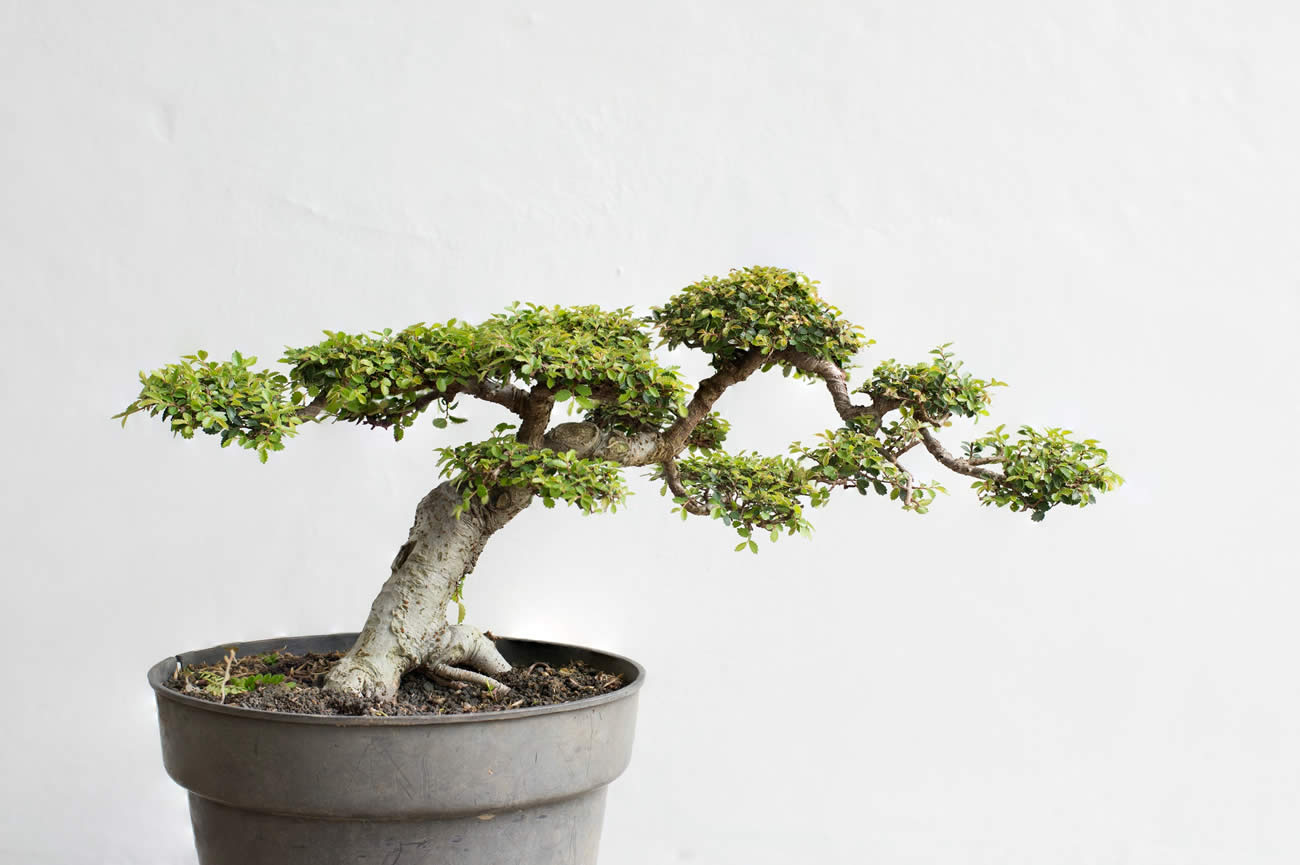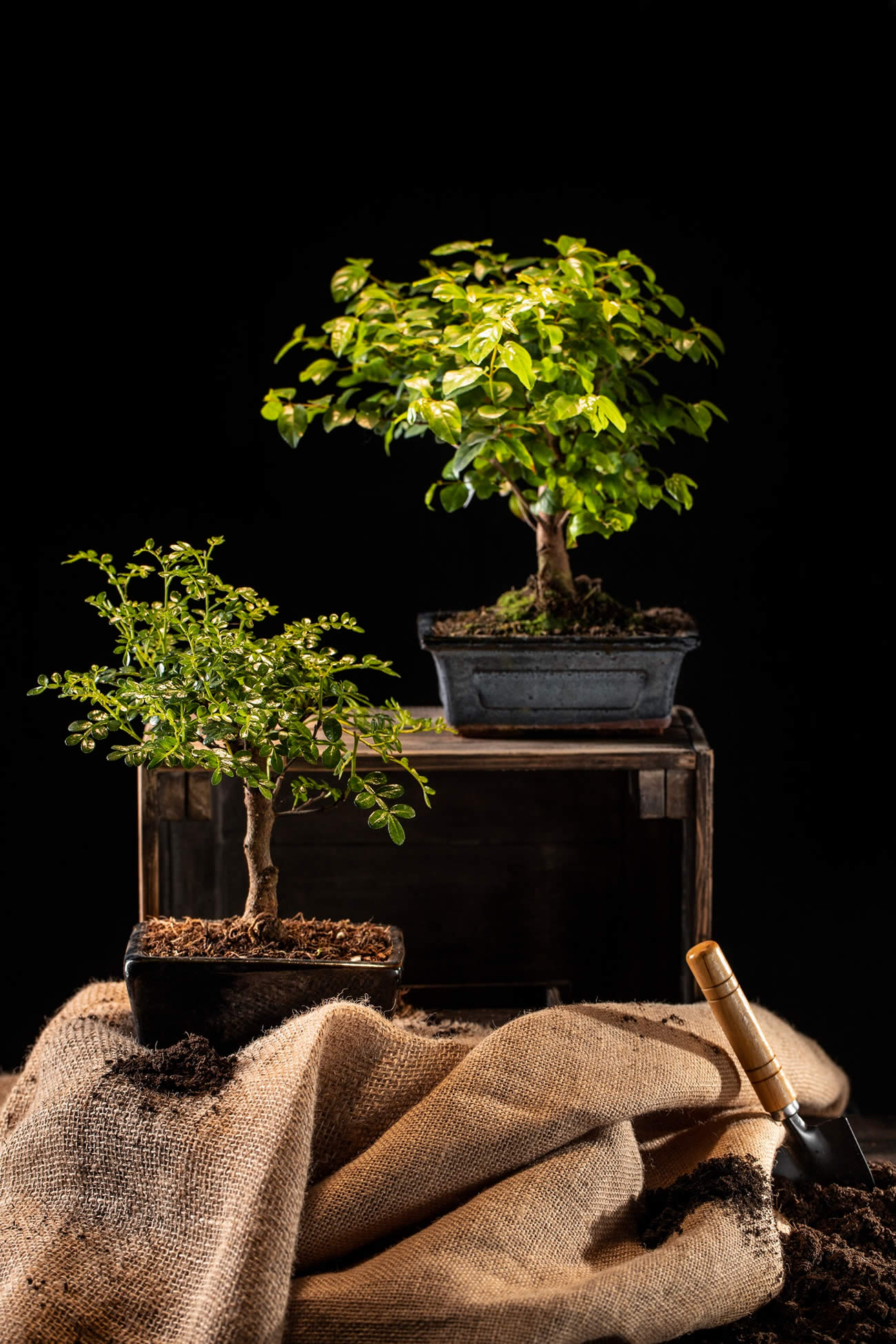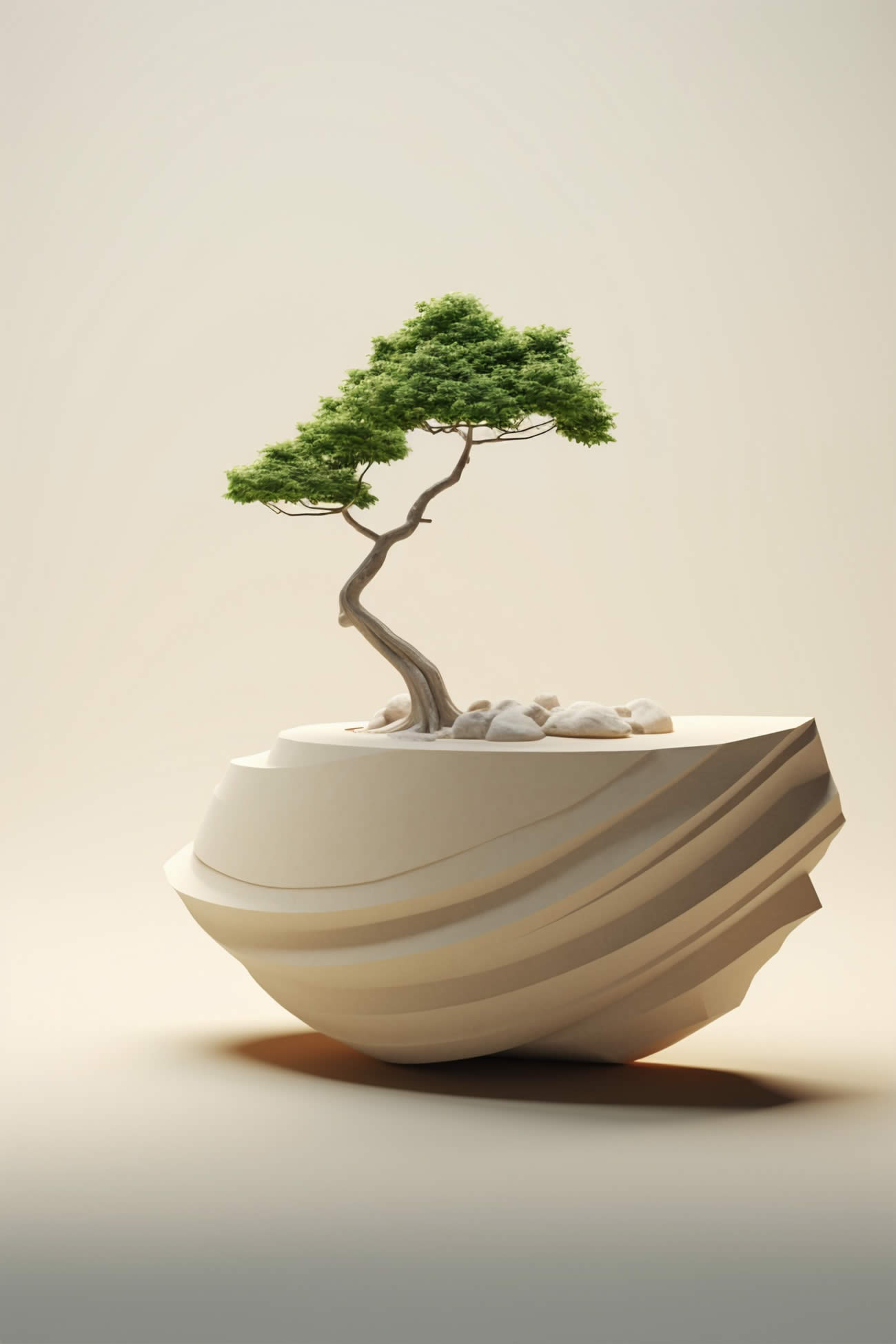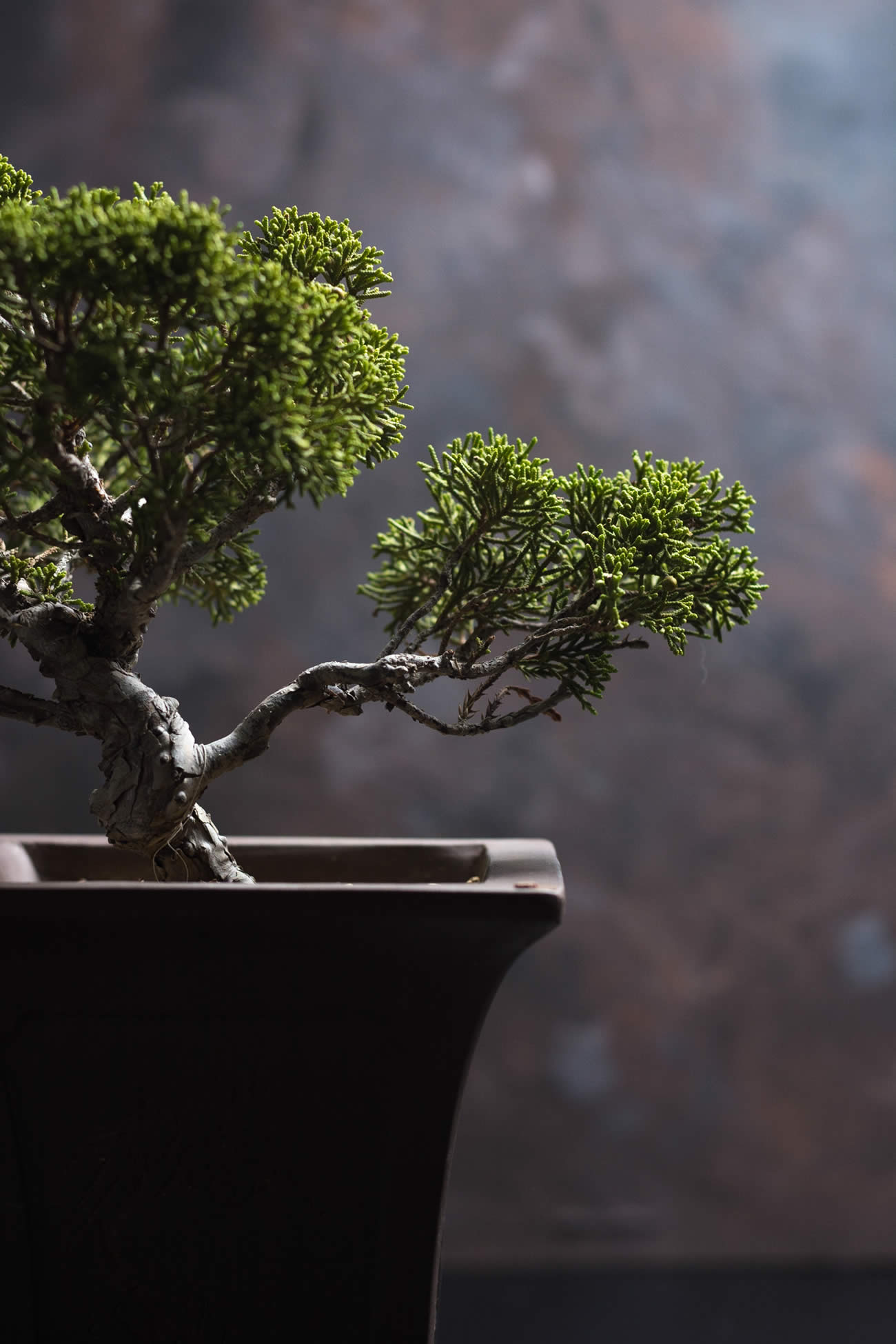Bonsai trees, known for their miniature size, are meticulously trained to thrive in small containers. These unique plants make excellent indoor companions and demand special attention and care.
During summer, bonsai trees are typically kept outdoors, basking in the warm sunlight and enjoying the fresh air. However, as temperatures begin to plummet and winter approaches, bringing them inside before the mercury drops below freezing is crucial. This protective measure ensures the bonsai’s well-being and shields it from the harsh cold that could otherwise harm its delicate structure.
[cp_popup display=”inline” style_id=”32773″ step_id = “1”][/cp_popup]
Remember, nurturing a bonsai tree is an art form that requires patience, precision, and a deep understanding of its specific requirements. By providing the right environment, you can witness the beauty and grace of these miniature trees as they flourish and bring tranquillity into your living space. If you live in a warm climate, you can look after and revive your bonsai tree outdoors year-round.
How To Look After A Bonsai Tree
Read on if you want to learn how to care for bonsai trees indoors. If you need to know what tools and equipment are required, then you might want to read through our instructions on how to trim your bonsai tree post.
Bonsai trees are remarkable little plants that bring a touch of nature’s beauty into any space. Their miniature size offers a perfect solution for individuals with limited room but still desire the joy of nurturing a living plant. Moreover, bonsai trees are an excellent choice for those new to gardening and seeking a low-maintenance option. Even if you lack experience in plant care, these captivating trees will thrive with minimal effort, making them an ideal choice for anyone looking to cultivate a green thumb. But just like any other plant, you will need to repot your bonsai tree and it needs to be looked after properly in order to thrive.
Here are some tips on how to look after a bonsai tree:
Watering your Bonsai Tree
The most important thing that you can do is water your bonsai tree regularly so it can live long. To keep your bonsai healthy and thriving, it’s important to water the soil adequately. Aim for a moisture level that is neither soggy nor overly wet, as this will promote strong and robust root growth. Bonsai trees have delicate and shallow root systems, relying on water absorption from the soil surrounding their trunks. Overwatering can lead to root rot and the demise of new buds that emerge along the stems or at the tips of branches.
During the summer months, when the sun shines brightly and the temperatures rise, bonsai trees require more frequent watering. The heat and dryness can cause the soil to dry out quickly, making it necessary to water your bonsai every two weeks. However, it’s crucial to strike a balance and avoid excessive watering, as it can suffocate the roots and hinder their ability to absorb nutrients.
On the other hand, during the winter months, when the bonsai enters a dormant state, it requires less water. The reduced metabolic activity during this period means that the bonsai doesn’t require as much moisture to survive. Adjust the watering frequency accordingly, watering the bonsai sparingly to prevent waterlogging and potential damage to the roots.
By providing the right amount of water and understanding the specific needs of your bonsai, you can ensure its long-term well-being and vitality. Observing the moisture level, considering the environmental conditions, and adapting your watering routine accordingly will help your bonsai flourish and thrive for years to come.
Fertilising Your Bonsai Tree
Bonsai trees, known for their delicate and intricate nature, require regular nourishment to thrive. This nourishment comes in the form of fertilizer, which contains vital nutrients such as nitrogen, phosphorus, potassium, and calcium. These nutrients can be supplied to the bonsai tree through various options, including commercially available liquid fertilizers or organic granular ones. These fertilizers are conveniently packaged in bags or bottles, providing ease and convenience to bonsai enthusiasts.
When applying the fertilizer, it is important to consider the recommended dosage, which may vary based on the age and size of the tree. This ensures optimal growth and overall health of the bonsai. By following a regular watering routine and incorporating the appropriate amount of fertilizer, a single bottle of fertilizer can last approximately six months. This extended duration of nourishment helps to continuously support the growth and well-being of your beloved bonsai tree.
Light For Your Bonsai Tree
Bonsai trees thrive with the right balance of light. While they need light to grow, excessive sunlight can actually harm the leaves. To ensure optimal growth, it is recommended to position your bonsai tree near a window where it can receive some gentle natural light from the outdoors. However, be cautious not to expose it to too much direct sunlight, as this can lead to sunburn and scorching leaves.
If you desire stronger growth for your bonsai, gradually move the plant further away from the window. This will allow it to acclimate and develop more robust foliage. Once the tree has matured sufficiently, it can be safely placed in direct light for longer durations without risking any damage. By carefully managing the light exposure, you can help your bonsai tree thrive and flourish.
How Do You Take Care Of A Bonsai Tree For Beginners?
Bonsai trees are not only beautiful and fascinating, but they also bring a touch of joy and tranquillity to any space they adorn. These miniature trees, carefully cultivated and shaped, have captivated the hearts of many enthusiasts around the world. Their unique charm and artistic appeal make them great gifts and delightful conversation pieces.
If you’re interested in learning how to care for a bonsai tree, here are some essential tips to get you started on your journey. Firstly, it’s worth noting that the term “bonsai” originates from the Japanese words “bon” meaning tray or pot, and “sai” meaning planting. However, bonsai has come to represent any tree that has been meticulously pruned, shaped, and grown in a container for ornamental purposes.
When it comes to selecting a bonsai plant for your new hobby, you’ll be delighted by the wide variety of choices available. From graceful junipers to majestic pines, from vibrant maples to elegant elms, the options seem endless. If you prefer a more compact version, you might consider exploring the world of dwarf varieties such as azaleas or rhododendrons, which exude their own unique charm.
Before making a purchase, it’s crucial to determine the space requirements of your chosen bonsai tree. Understanding how much room it will occupy in its container will save you from any unforeseen surprises and ensure a harmonious fit within your living space.
While caring for bonsai trees may initially seem intimidating, it can be a rewarding and enjoyable experience with the right knowledge. Although there is a wealth of information available on bonsai care, it can be overwhelming to navigate through it all. That’s why we’re here to simplify things for you and provide you with easy-to-follow guidelines.
So, get ready to embark on this enchanting journey of nurturing and cultivating bonsai trees. Discover the artistry of this ancient practice and witness the serene beauty that unfolds as you care for these miniature wonders.
- Find a pot
- Choose your tree
- Create a watering schedule
- Create a fertilising schedule
- Create a pruning schedule
How Often Do You Water Bonsai Trees?
The answer to this question depends on the type of bonsai tree you have. Some trees, such as the Ficus bonsai, are known to be quite thirsty and require watering every day to maintain their health and vigour.
On the other hand, certain species, like the Juniper bonsai, can tolerate drier conditions and can go for a week or two without water. It’s important to understand the specific watering needs of your bonsai tree to ensure its optimal growth and longevity.
How often do you water bonsai trees?
If you find yourself unsure about something, worry not! Here are a few general guidelines that can help provide some clarity and direction. By following these recommendations, you’ll gain a better understanding and be able to make more informed decisions. Remember, having some guidance can make all the difference!
Indoor Bonsai Trees
Smaller indoor bonsai trees, such as the Ficus or Juniper varieties, can typically go up to a week without water due to their compact size and lower water requirements. On the other hand, larger bonsai trees like the Jade or Pomegranate may have a higher water demand and might need to be watered twice a day or approximately every 12 hours to maintain their optimal health and vitality. It’s important to consider the specific species and size of your bonsai tree when determining its watering needs to ensure it thrives and flourishes in its miniature ecosystem.
Outdoor Bonsai Trees
It is recommended to water outdoor bonsai trees approximately once every three days, especially during dry weather conditions. However, during the hot summer months when there is minimal rainfall, it might be more beneficial to increase the watering frequency to twice a week to ensure sufficient moisture for the trees’ well-being. This practice helps in maintaining the optimal health and vitality of outdoor bonsai trees throughout the year.
Conclusion
Bonsai trees are not only beautiful and unique plants but also serve as exquisite additions to any home decor. With their intricate and miniature forms, they bring an unparalleled touch of elegance and tranquillity. However, it is important to note that these captivating trees demand special care and attention to flourish in their small and confined spaces.
To ensure the well-being of your bonsai tree, consider the following tips:
Watering: Bonsai trees need to be watered regularly, but it is important not to overwater them. The best way to tell if your bonsai tree needs water is to check the soil. If the top inch of soil is dry, it is time to water. When you do water, make sure to water deeply until the water runs out of the drainage holes.
Fertilizing: Bonsai trees also need to be fertilized regularly, but it is important to use a fertilizer that is specifically designed for bonsai trees. Fertilize your bonsai tree during the growing season, which is typically from spring to fall. Apply a balanced fertilizer every two weeks.
Sunlight: Bonsai trees need sunlight, but the amount of sunlight they need varies depending on the species. Some bonsai trees need full sun, while others need partial shade. Do some research to find out how much sunlight your bonsai tree species needs.
Pruning: Bonsai trees need to be pruned regularly to maintain their shape and size. The best time to prune a bonsai tree is during the growing season. When pruning, be careful not to remove too many leaves or branches at once.
Repotting: Bonsai trees need to be repotted every two to three years or when they become rootbound. Repotting should be done during the growing season. When repotting, use a bonsai pot that is slightly larger than the current pot. Use a bonsai potting mix that is specifically designed for bonsai trees.
Here are some additional tips for looking after a bonsai tree:
Monitor your bonsai tree regularly. This will help you to identify any problems early on.
Protect your bonsai tree from extreme weather conditions. If you live in a cold climate, you may need to bring your bonsai tree indoors during the winter.
Be patient. It takes time and effort to grow and care for a bonsai tree. Don’t be discouraged if your bonsai tree doesn’t look perfect right away. Just keep caring for it, and you will eventually see results.
With proper care, your bonsai tree can thrive for many years to come.
Artificial bonsai trees can be used as a decorative piece. They come in different shapes, sizes and colours. You may also find fake bonsai trees that are made from paper, plastic or wood. They are very easy to care for and require very little maintenance.
The artificial bonsai tree is a perfect choice for those who want to grow a tree but do not have enough space in their homes. The artificial bonsai tree can be placed on your desk or tabletop, where it will look amazing by adding some colour to it. These trees come in many sizes, shapes and colors so you can choose the one that matches your décor nicely.
If you want something that does not require much work then these artificial bonsai trees are an ideal choice for you because they do not need much care and attention as compared to real ones. You can set them up anywhere inside your house or office without having to worry about watering or pruning them regularly like real ones do because they do not need any of those things at all!

